Bringing about change in any setup, especially major shifts, is a challenge. This challenge is accentuated further in a strictly hierarchical organisation like the army, presenting an unenviable contradiction to both senior military practitioners and the governing elite, wherein, change is inevitable, yet, it is most likely to be resisted.
Military change is a relatively nascent area of study, especially in the Indian scenario. This book attempts to analyse this subject through an examination of existing literature, thereby co-relating some of its primary conclusions in the context of the Indian Army. This is done in relation to both conventional and sub-conventional threats and challenges, with a number of case studies as illustrative examples.
The book concludes that given the wide spectrum of threats faced by the Indian Army, as also most major armies across the world, attempts at understanding military change only through the prism of conventional wars could be misleading. It suggests that change need not only be revolutionary to enhance effectiveness. It could be both revolutionary and evolutionary, top-down and bottom-up. While effective change is primarily major in conventional conditions, it could well be tactical and yet make a substantial impact in sub-conventional scenarios. The book reinforces the importance of operational changes in the sub-conventional domain, even as an assessment of strategic and organisational changes is undertaken. It attempts to answer important questions related to the drivers, shapers, facilitating conditions and limitations related to effective change. It also relates military change with organisational changes in the corporate world to provide an interesting comparative analysis. Finally, the book reinforces its conclusions through a survey of officers from the Indian Army, to highlight existing limitations that need to be corrected in order to better innovate and adapt in pursuit of effective military change.

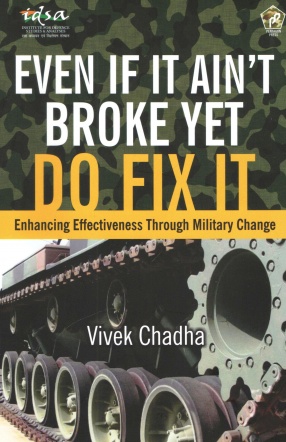
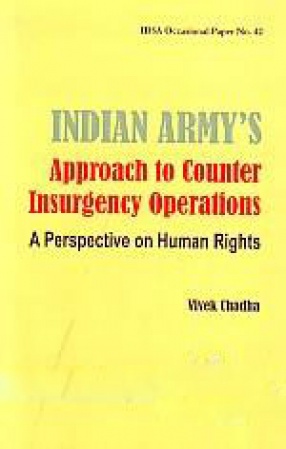
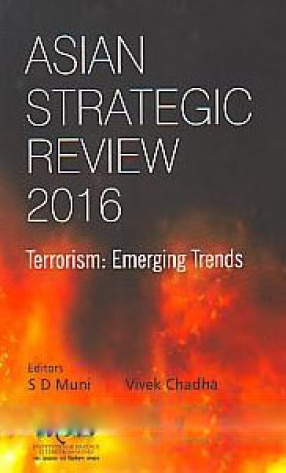
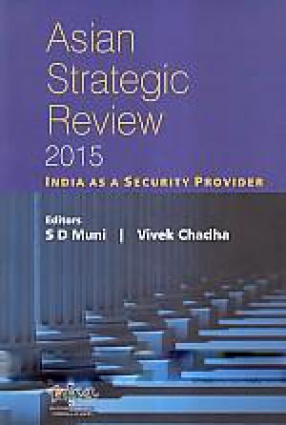

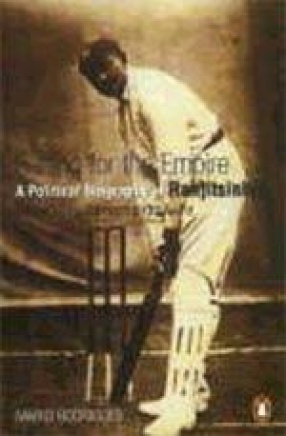

There are no reviews yet.